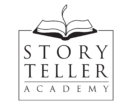Two Editors Talk Mentor Texts and Multiple Hooks
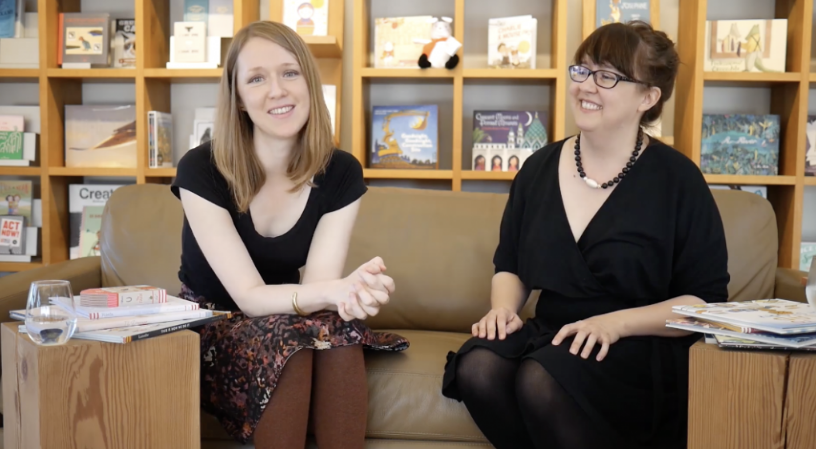
Today, I’m sharing a couple of highlights from one of our Submission Ready workshops. In the first clip, Melissa Manlove and Ariel Richardson, two editors from Chronicle books, share why multiple hooks help sell a book, citing some mentor texts for students to look at. In the second video, they focus more on how and why you should use mentor texts.
Hooks
A hook is the reason someone will buy your book. People often go into bookstores looking for a book with a particular hook. They might be looking for any of the following: bedtime books, friendship stories, dinosaurs, dragons, princesses, pirates, construction vehicles, the first day of school, dogs, cats, horses, unicorns, alphabet books, colors, etc. Parents know what their kids like, and they know what they want for them developmentally. If your book has more than one hook, it’s going to appeal to more customers.
Having multiple hooks is NOT the same thing as having multiple problems. If you’re writing a picture book story, it should only have one problem.
One story = one problem.
In one of the earliest lessons, Melissa and Ariel have students go to a bookstore and map out how big the areas are devoted to different kinds of books. Alphabet books have a tiny section. That’s why they’re talking about how essential it is for your alphabet book to have another hook.
Let’s look at some picture books with multiple hooks:
Z Is For Moose, by Kelly Bingham and Paul O. Zelinsky, is an alphabet book + humor + waiting your turn.
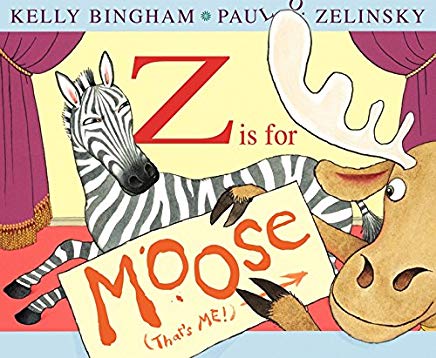
Mixed: A Colorful Story, by Arree Chung, tackles color theory + racism.
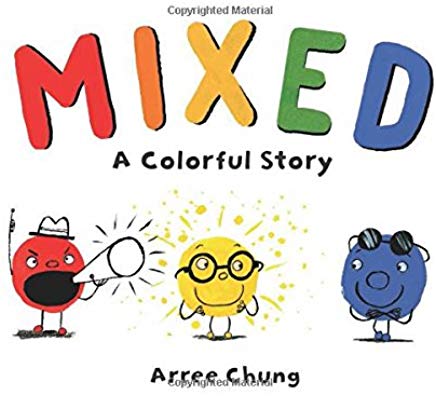
Interrupting Chicken, by David Ezra Stein, is a bedtime story + fractured fairy tales + humor.
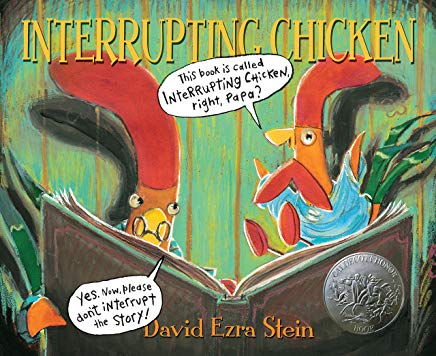
We Don’t Eat Our Classmates, by Ryan T. Higgins, includes dinosaurs +first day of school + learning how to be a friend + humor.
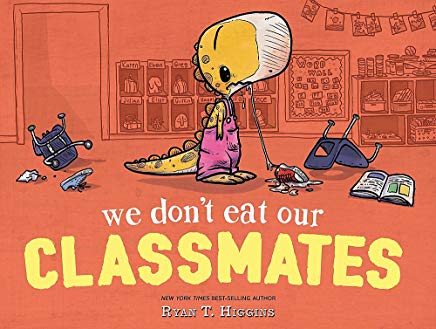
Please share your favorite picture book with multiple hooks in the comments! That way, readers will have a wider selection of mentor texts to choose from.
Mentor Texts
And speaking of mentor texts, now we’re going to discuss how and why you want to use them.
Here are some of the main reasons to search out mentor texts.
Improve Your Craft: Whether you’re trying to write a rhyming picture book or just improve your character’s voice, studying multiple picture books that do it right will help you figure it out.
Age Range: Studying great books for a certain age will help you with your character, word count, and pitch.
Theme/Topic: You need to make sure your book is original enough to get published. And to differentiate it, you’ll want to read the competition.
Things to Keep in Mind
Famous authors and illustrators have more freedom to create whatever they want because they already have an established audience. Keep that in mind when looking for mentor texts.
Successful sales don’t always indicate great craft, and taste is subjective. As you read a lot of picture books, certain books will rise to the top. Use mentor texts that you admire.
And go easy on yourself. Don't compare your early drafts with another person's polished, finished product. Those finished books you're reading had editors and art directors who put finishing touches on them. They went through many rounds of revision before those editors and art directors probably even saw them. Give your story the time and rounds of revisions that it needs to attain a similar state. You can do this.
Thanks for reading!
Blog Contributors

Myrna Foster writes and edits content for Storyteller Academy and the WriteRiders Newsletter for SCBWI Nevada. She has spent a lot of time teaching and coaching children, including five years as a preschool teacher. She's also worked as a journalist, and Highlights High Five has published six of her poems.
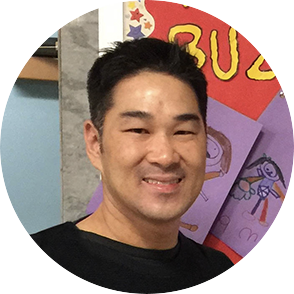
Arree Chung is an author/illustrator and the founder of Storyteller Academy. Arree’s Ninja! series has received starred reviews from Kirkus and School Library Journal. Kirkus also gave a starred review to Mixed, which recently won the FCGB award.
Today Arree lives a creative life, making stories for children. Arree spends most of his time making picture books, writing middle grade novels, and sharing his love for art, design, and storytelling with kids and dreamers everywhere.
